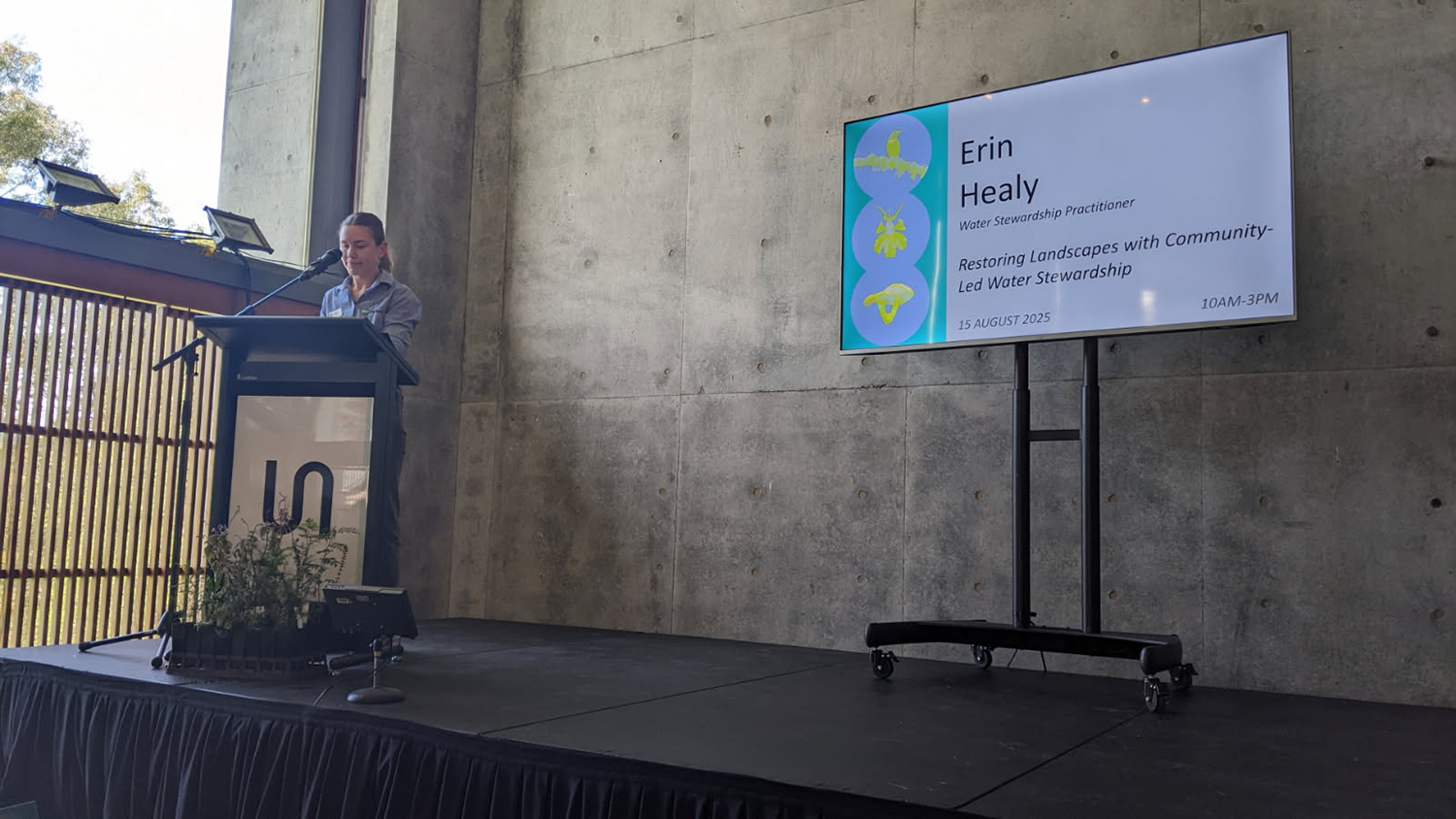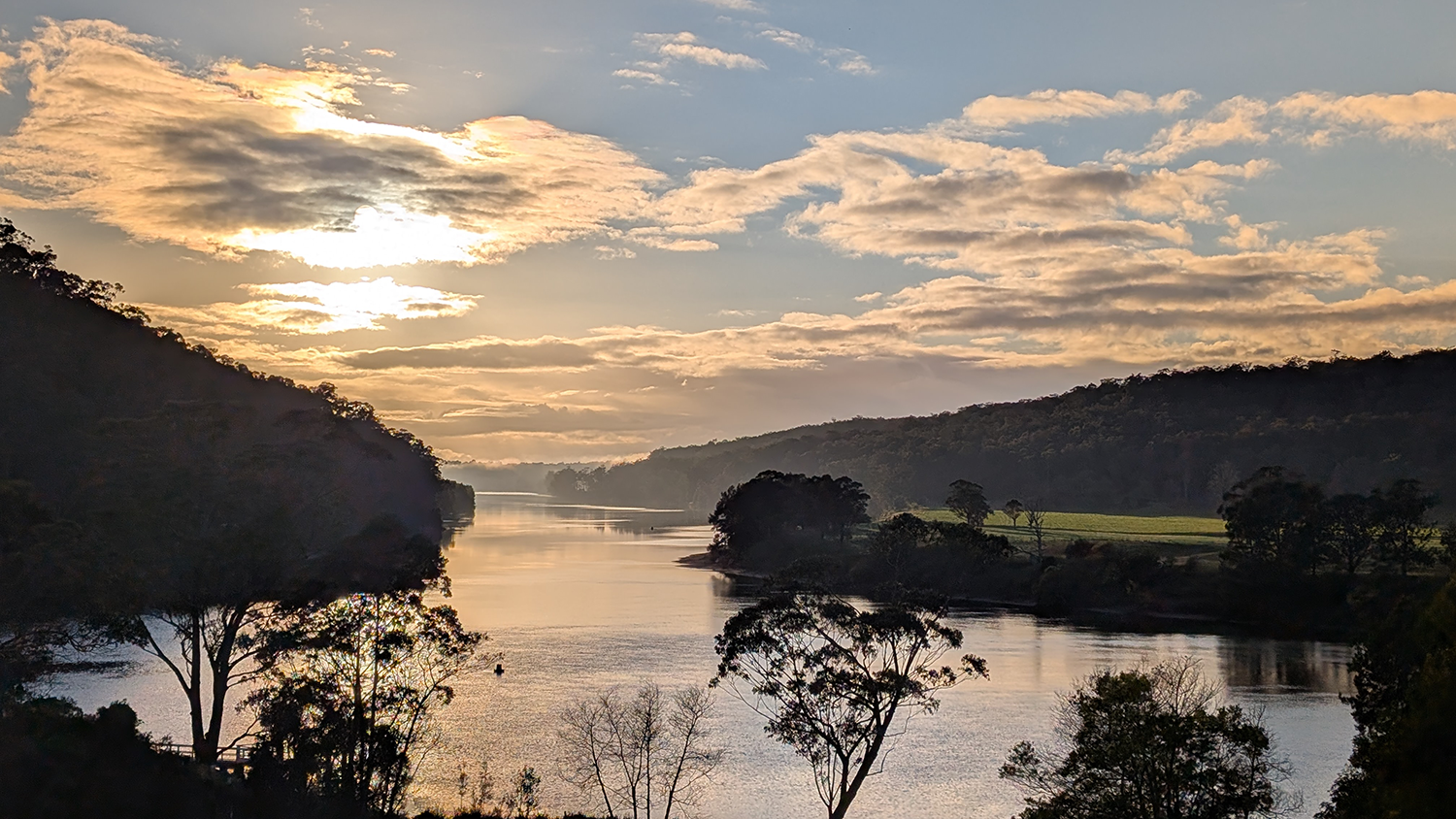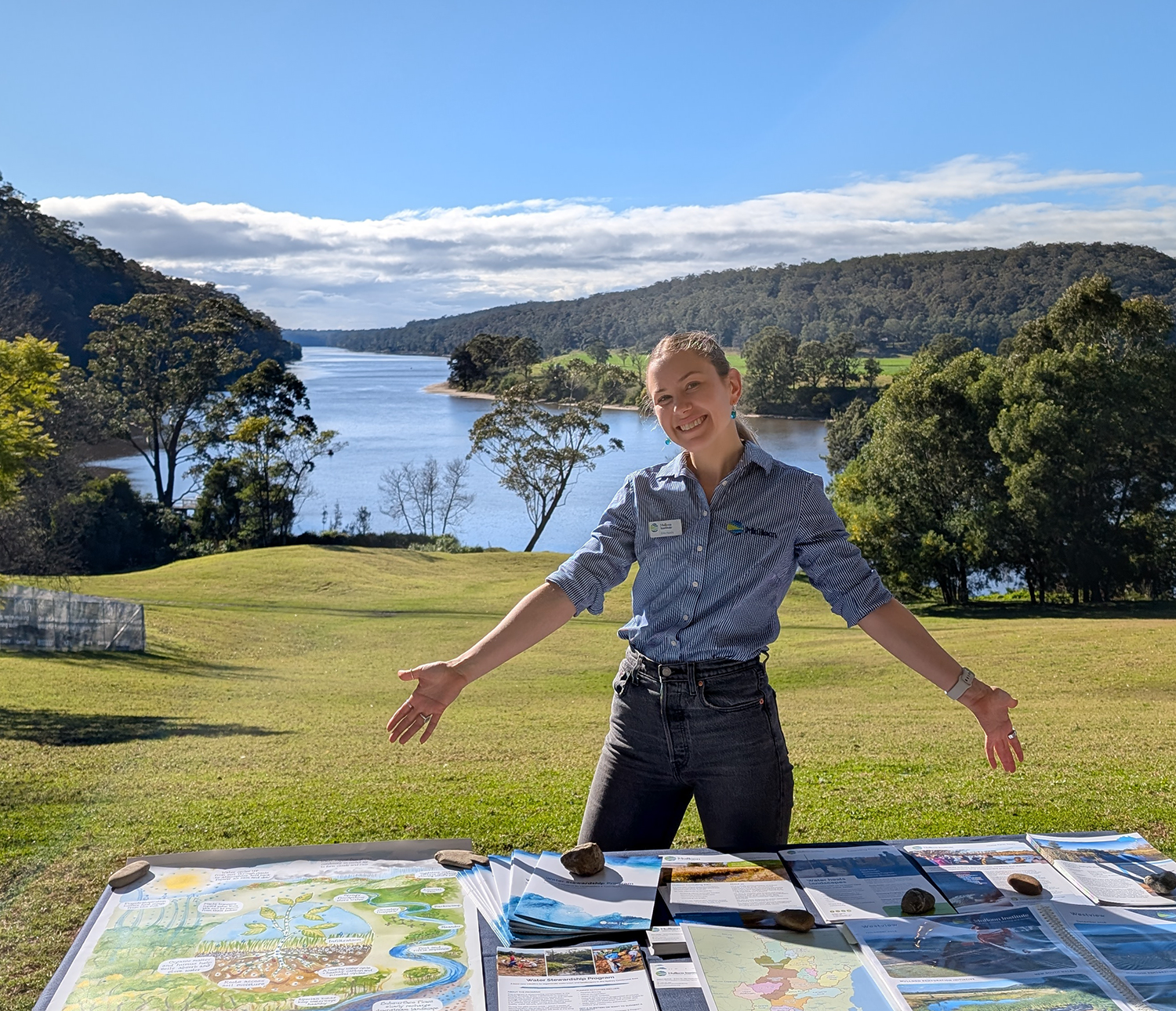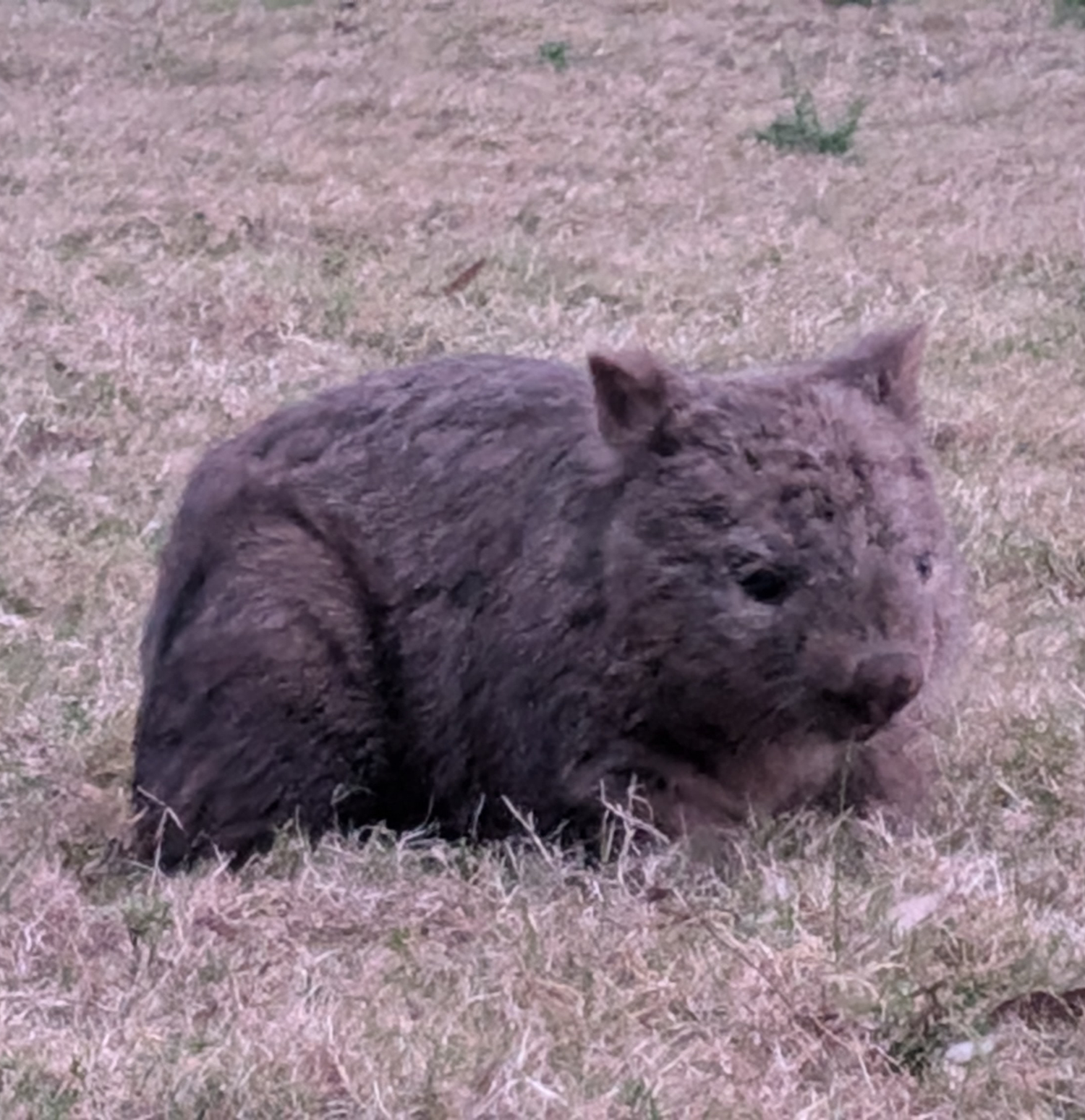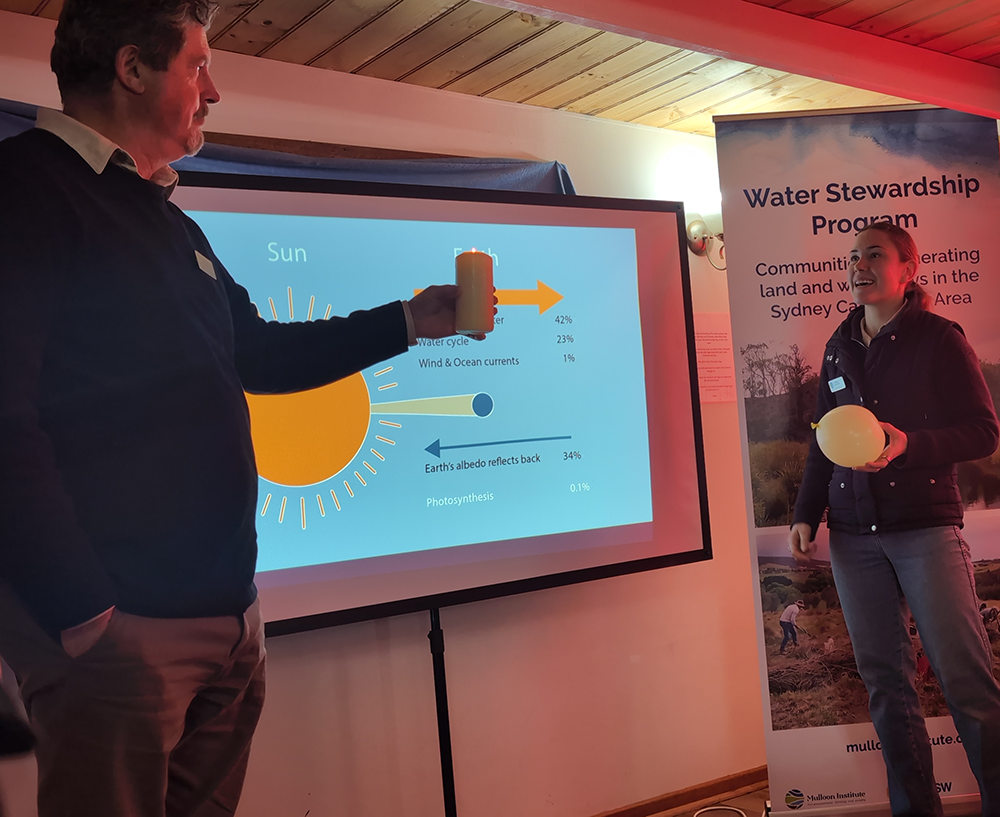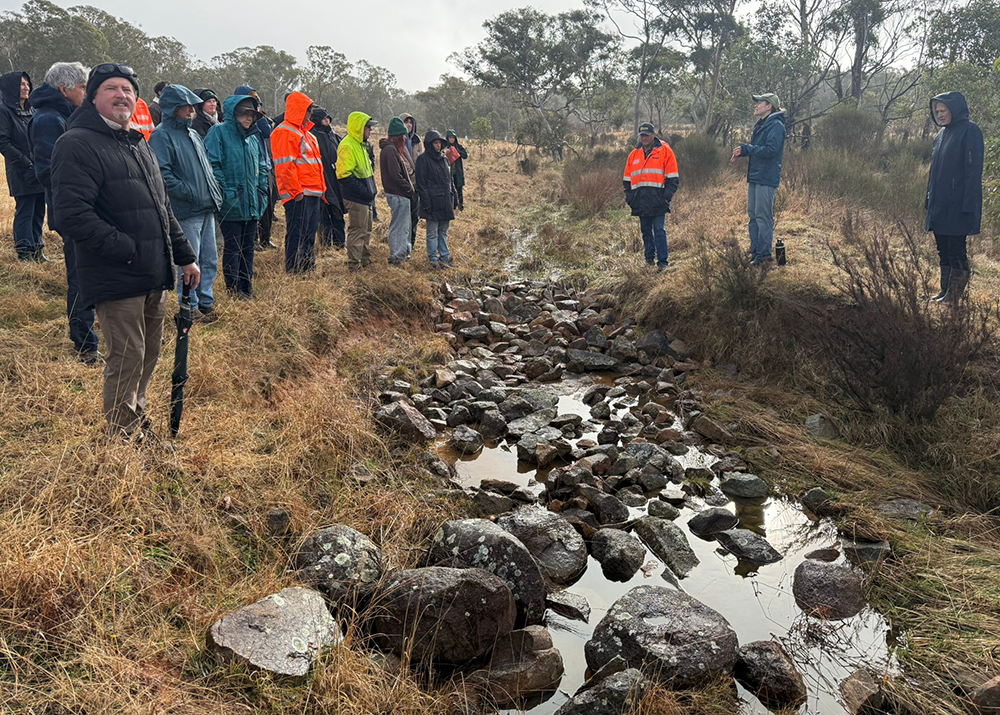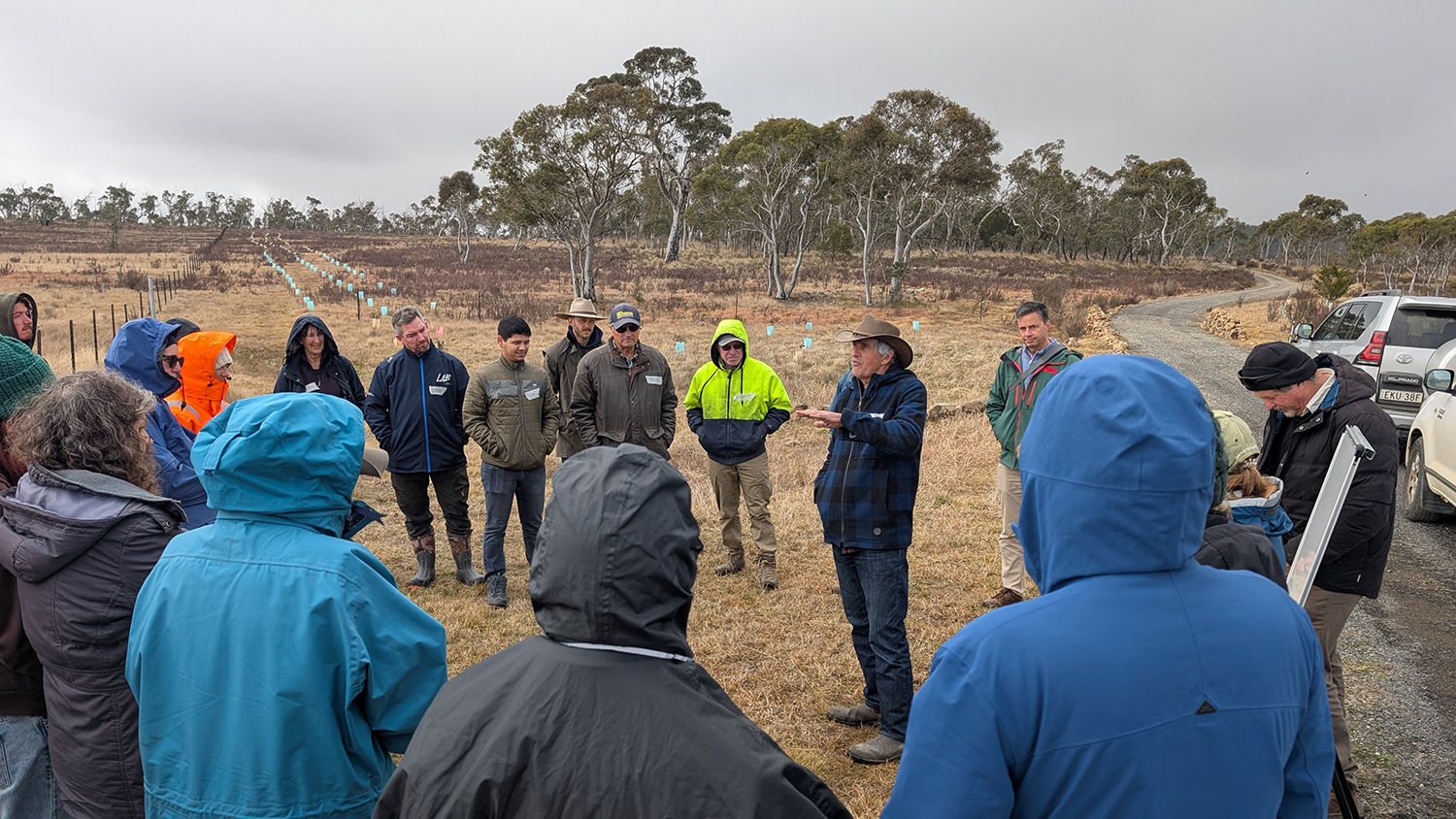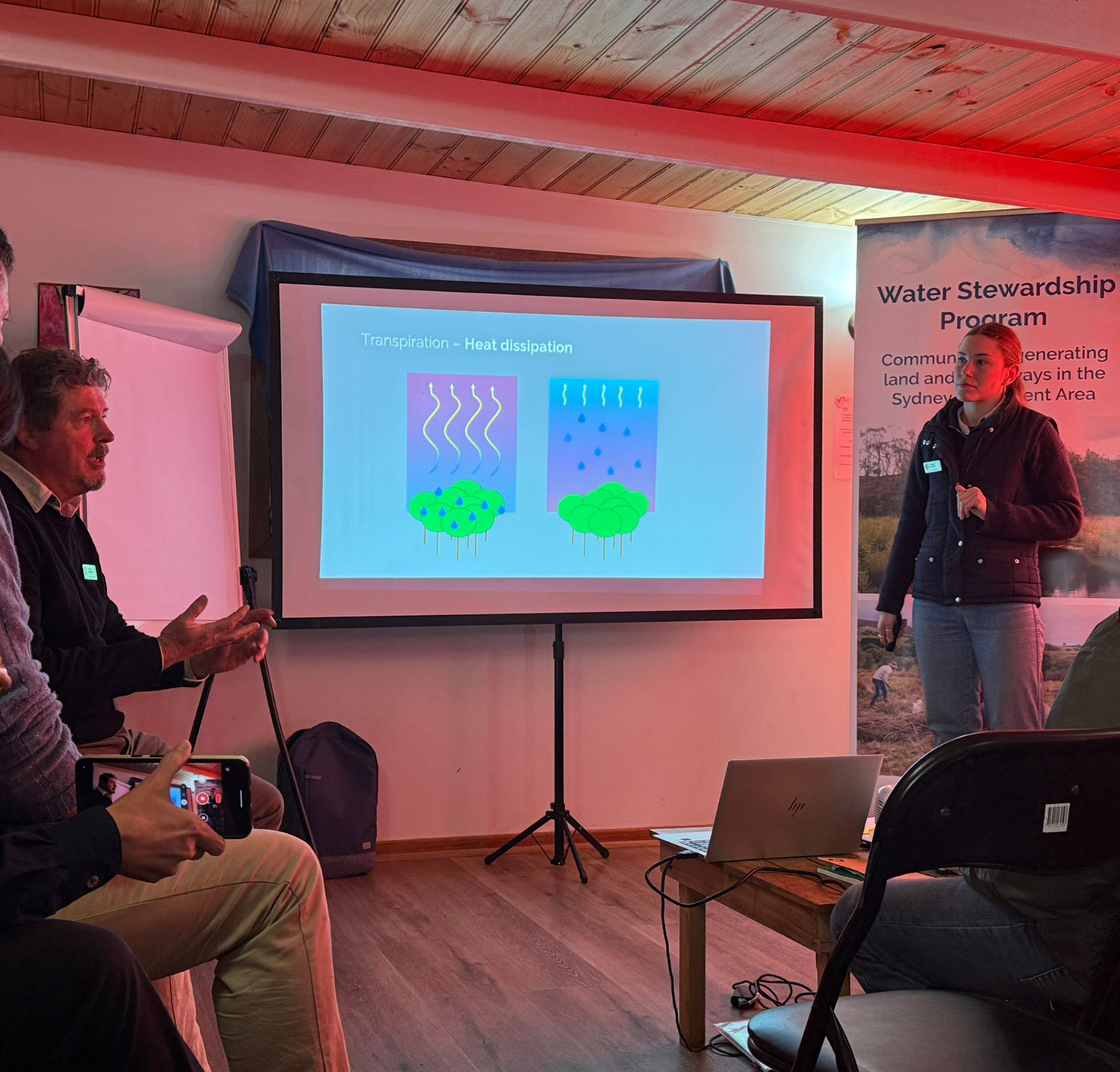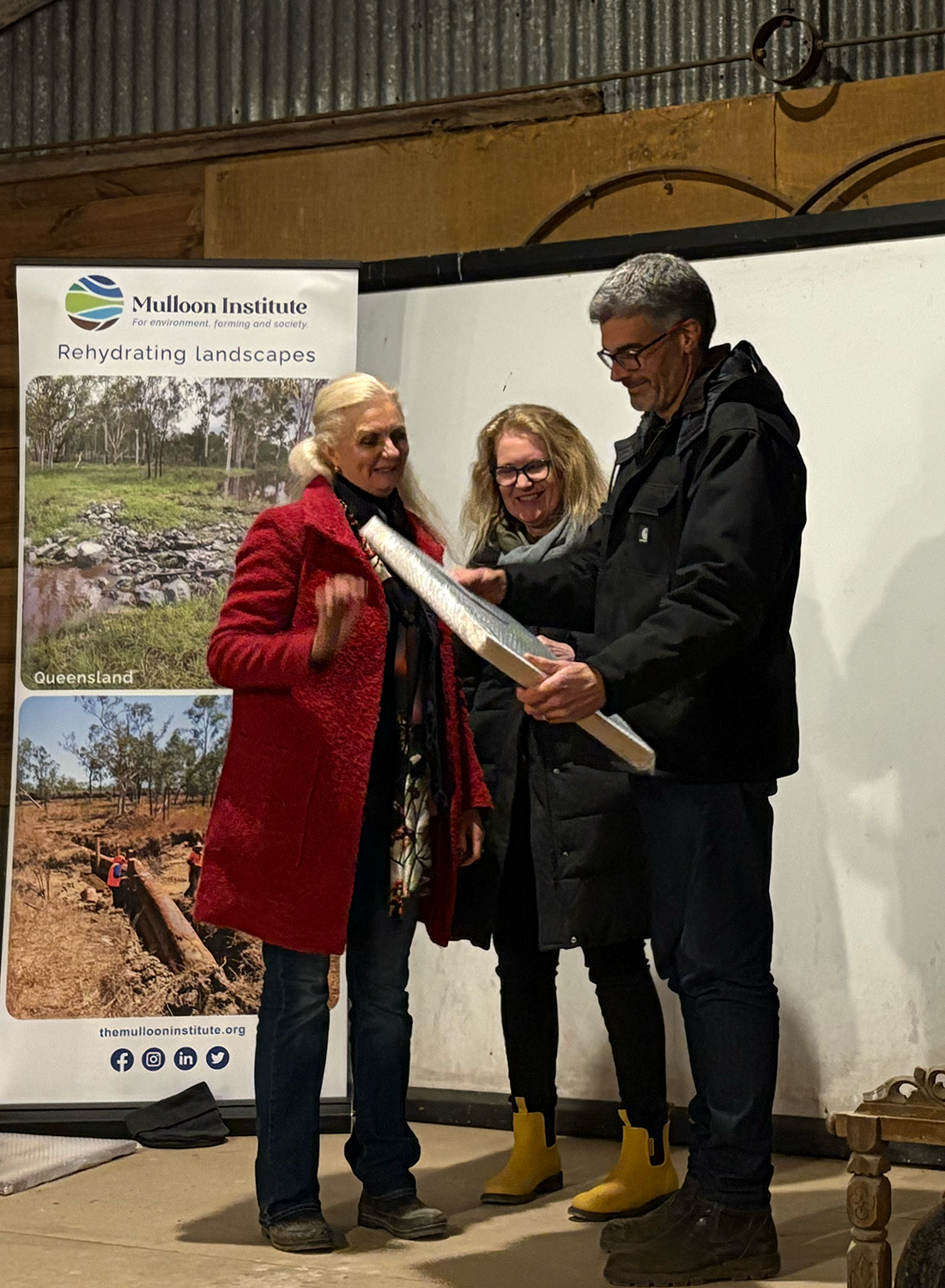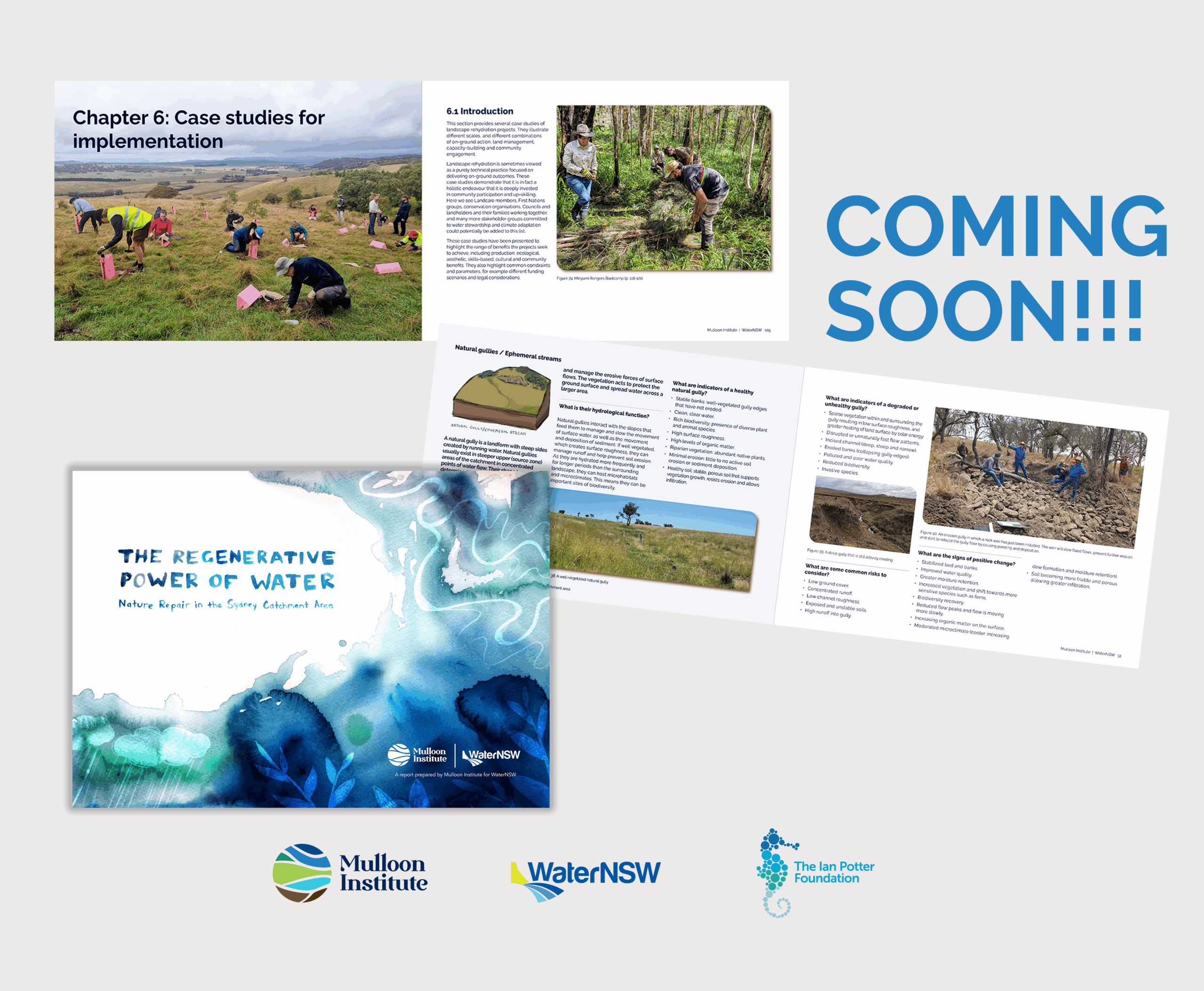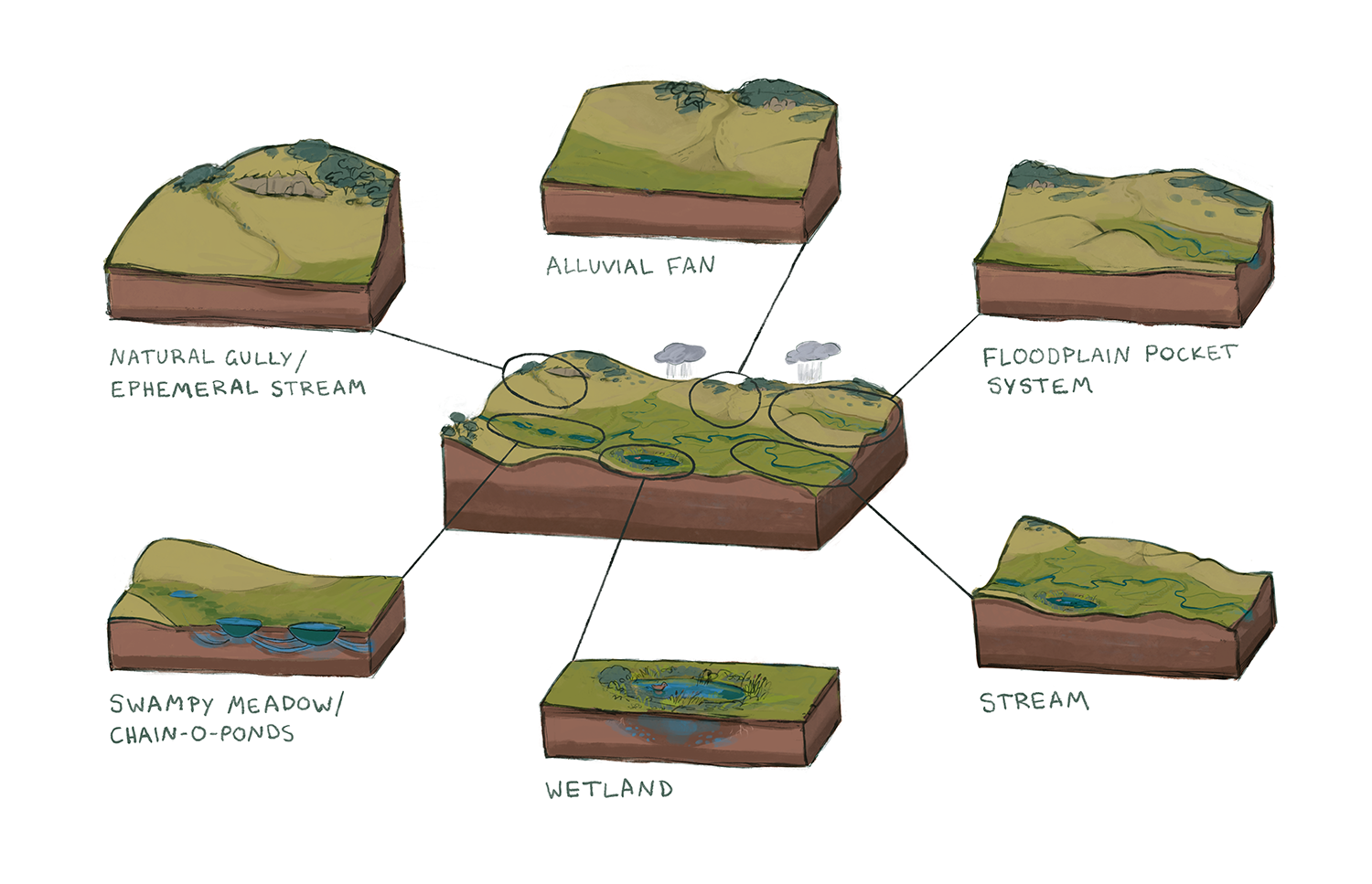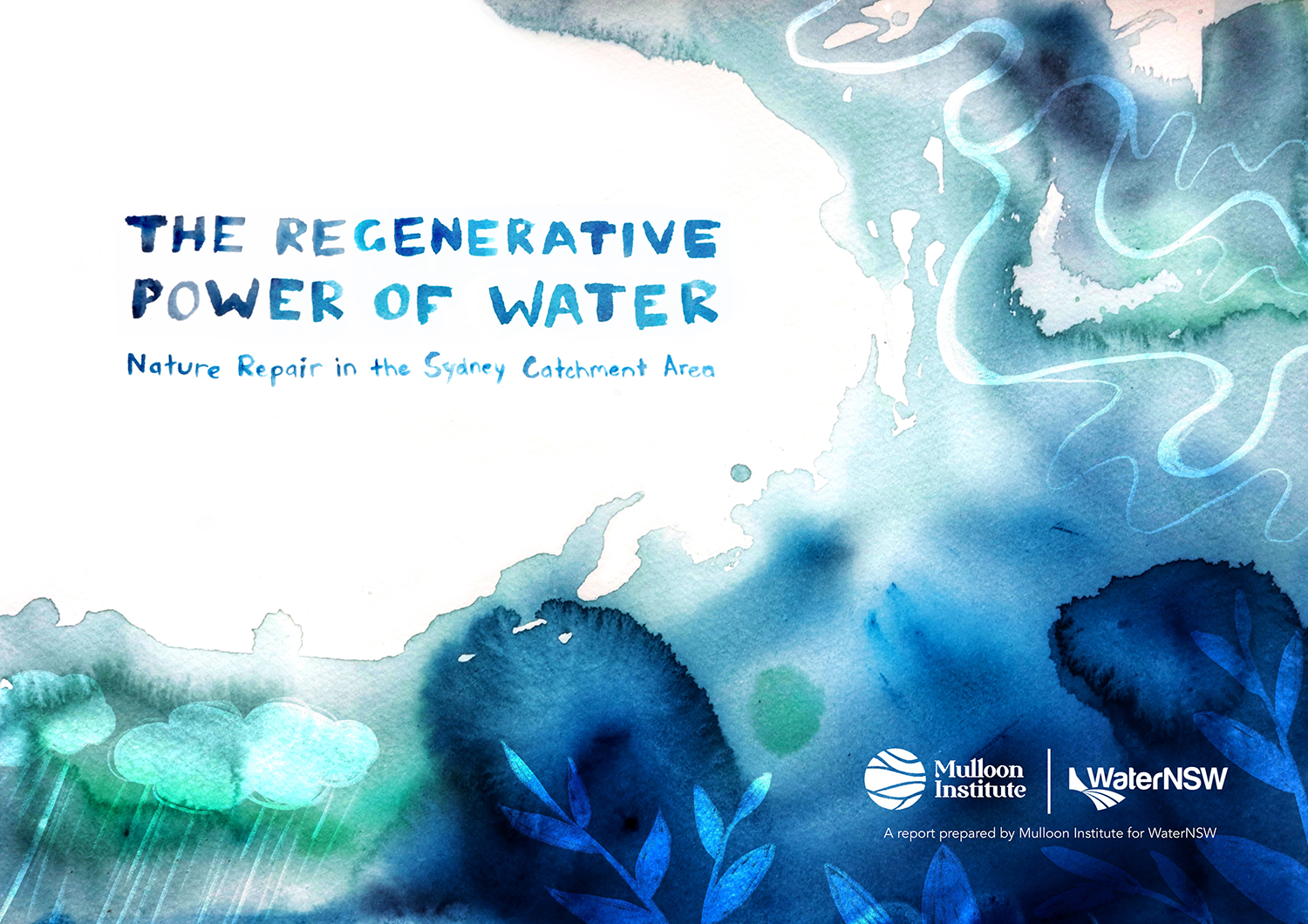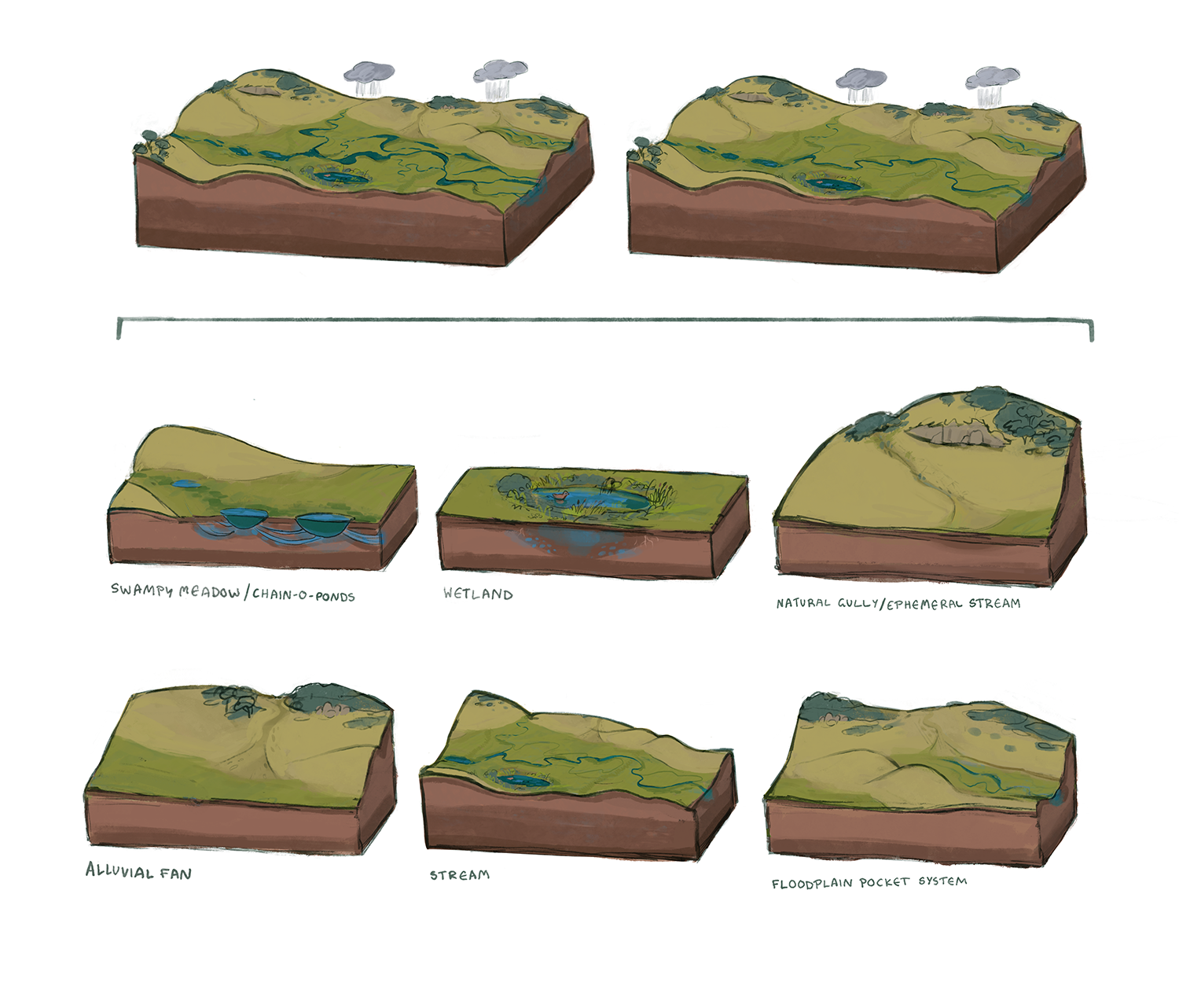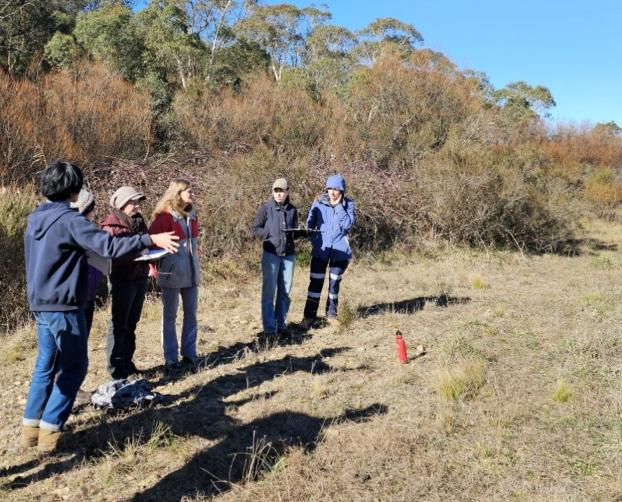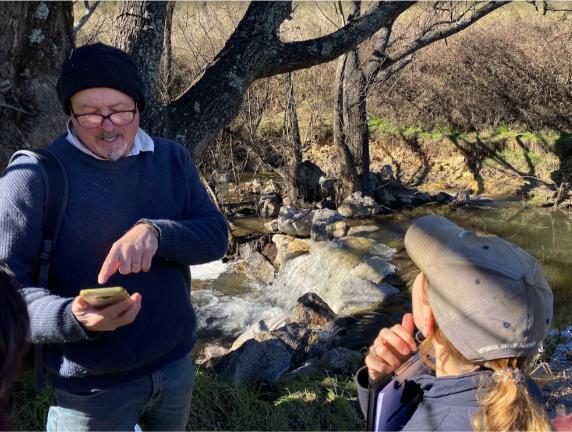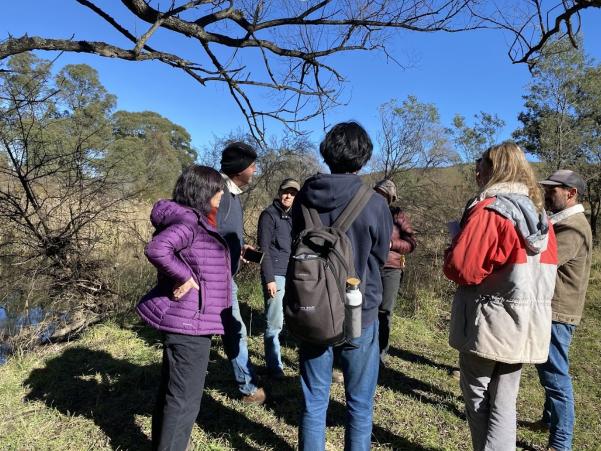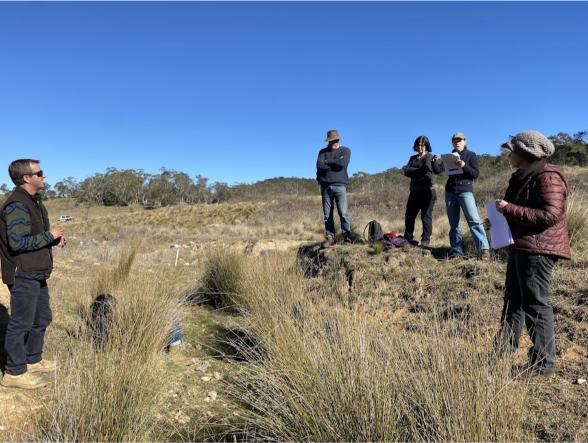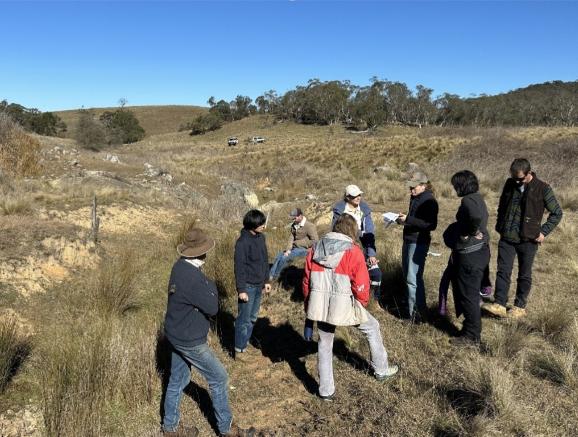About Mulloon Institute
Mulloon Institute is a globally recognised not-for-profit research, education, and advocacy organisation established in 2011 by Tony and Toni Coote. We are pioneers in landscape restoration, demonstrating innovative land management approaches that create healthier landscapes with greater resilience to climatic extremes.
Our vision, mission and actions are stated in our Strategic Plan 2025-28 (Vision & Mission – Mulloon Institute):
- Our Vision – where we want to go: As global leaders in landscape restoration, we aim to rehydrate landscapes using world-class scientific research, education and demonstration in partnership with rural communities, First Nations and collaborators to rebuild climate-resilient landscapes that provide food and water security and support healthy ecosystems.
- Our Mission – what we do: We actively demonstrate, validate and share landscape rehydration learning, expertise and skills to deliver restoration, and nature repair, to meet the challenges of climate change and create sustainable, profitable, and resilient agricultural and environmental systems, now and into the future.
- Our Actions – how we will get there: We will promote the repair of landscape function through the delivery of landscape rehydration infrastructure, conducting research, educating the public and supporting farmers and First Nations communities to heal country and adapt to climate change.
National and international recognition: The Institute has been selected by the United Nations Sustainable Development Solutions Network as one of only five projects globally to help develop guidelines for sustainable, profitable and productive farming. We are increasingly receiving national and international recognition – for example in the past 18 months we have won the Biodiversity category at the 36th National Banksia Sustainability Awards and were invited to speak at the United Nations Convention to Combat Desertification (UNCCD) COP16 in Riyadh.
Board Structure
Mulloon Institute operates under a skills-based Board of Directors governance model. We are seeking candidates with extensive skills and experience in at least one of the following key areas:
Priority Skills Areas:
- Sustainable commercial agriculture
- Practical experience in sustainable farming systems
- Agricultural production
- Landscape rehydration and repair
- Understanding of landscape rehydration and restoration techniques
- Knowledge of environmental science and ecology
- Water science and management
- Fundraising, innovation & commercial acumen
- Experience in philanthropy or impact investment
- Fundraising and grant management experience
- Business development and commercialisation expertise
- Innovation mindset for organisational growth
- Financial management, governance, risk & compliance
- Experience in financial oversight, budgeting and economic analysis
- Corporate governance and financial management experience in not-for-profit organisations
- Risk management and strategic planning capabilities
Additional Valued Capabilities:
- Experience with charitable organisations
- Indigenous land management knowledge
- AICD or equivalent governance qualification desirable
- Legal and regulatory compliance expertise
Key Selection Criteria
Mandatory Requirements (All Directors):
- Corporate Governance Experience, preferably including Not-for-Profits: Demonstrated experience serving on boards or senior leadership roles, preferably including not-for-profit organisations, with an understanding of charitable governance, fiduciary duties, and regulatory compliance
Essential Criteria:
We are seeking candidates who demonstrate:
- Passion for Environmental Restoration: Deep commitment to landscape rehydration, regenerative farming, and environmental sustainability
- Strategic Leadership: Ability to contribute to long-term strategic planning and organisational growth
- Collaborative Approach: Skills in building partnerships across government, industry, research and community sectors
- Innovation Mindset: Openness to new approaches and evidence-based solutions
- Community Focus: Commitment to supporting farming families and rural communities
Candidates must demonstrate expertise and experience in one or more of the priority skills areas, with a comprehensive understanding of sustainable agriculture and environmental restoration principles.
Time Commitments
Board Meetings
- 4 face-to-face Board meetings per year (approximately quarterly)
- 2 additional virtual Board meetings per year
- Annual Strategic Planning Workshop (typically 1-2 days)
- Annual General Meeting generally held in November each year
- Board meetings are generally held at the Mulloon Home Farm, near Bungendore (one hour east of Canberra) or in Sydney
Committee Work
Directors may also be appointed to the following committees:
- Finance, Audit & Risk Committee – meets 6 times per year
- Nominations & Remuneration Committee – meets 6 times per year
Additional Responsibilities
- Participation in strategic planning sessions
- Representation at key industry events and conferences
- Site visits to Mulloon Creek Natural Farms and other project locations
- Engagement with members, stakeholders, funders, and research partners
An annual meeting schedule is provided each May for the following year.
Remuneration and Support
- Board Directors: $30,000 for the Chair, $15,000 for non-executive directors
- Expenses: Reimbursement of travel and accommodation costs in accordance with the Board travel policy
- Insurance: Comprehensive Directors & Officers insurance coverage
Application Process
Required Documentation:
- CV highlighting relevant experience (maximum 2 pages)
- Cover letter demonstrating alignment with the Institute’s mission and skills requirements (maximum 2 pages)
- Contact details for three professional referees
- Responses to key selection criteria (maximum 2 pages)
Selection Process:
- Application Review: Conducted by Independent recruitment expert and Board Selection Committee
- Interviews: Expected to occur in September / October 2025
- Site Visit: Shortlisted candidates invited to visit Mulloon Creek Natural Farms
- Reference Checks: Including academic qualifications and industry accreditations will be verified
- Board Appointment: Appointments expected to be made in October / November 2025, with confirmation at the Annual General Meeting
Organisation Information
Legal Structure:
- Public company limited by guarantee, registered charity
- Two subsidiaries – Mulloon Consulting and Mulloon Creek Natural Farms
Annual Reports: Available at mullooninstitute.org
Operations:
- Farm turnover: $4m
- Institute and MC turnover: $3m
- Estimated 2025 group net profit: $600k
- Net assets: $20m
- Employee numbers: Institute and MC 18 FTE; Farm 16 FTE
Key Partners: Australian National University, Australian Government (including the DAFF Future Drought Fund), Landcare, New South Wales Government (including the Department of Primary Industries), University of Canberra, University of Melbourne, various state agencies, Vitasoy and WaterNSW
Major Projects: Mulloon Rehydration Initiative (23,000 hectares, 50km of waterways)
Sponsors and partners: Sponsors & Funders – Mulloon Institute
Further Information
For a confidential discussion about these positions or to learn more about the role requirements, please contact:
Tony O’Leary
O’Leary & Partners
Phone: 0413 047 778
Email: tony@olearypartners.com.au
Additional information about our work and impact can be found at:
- Website: mullooninstitute.org
- Research publications and case studies are available online
- Annual reports and strategic plans
How to Apply
Applications close: 5:00 PM (AEDT), Monday 8 September 2025
To apply: Please submit your complete application, including all required documentation to: tony@olearypartners.com.au
Mulloon Institute is committed to diversity and inclusion. We encourage applications from candidates of all backgrounds, including women, Indigenous Australians, people from culturally diverse backgrounds, and individuals with lived experience of rural and regional communities.
We are particularly interested in candidates who share our passion for environmental restoration, regenerative agriculture, and creating resilient landscapes that benefit both farming communities and the environment.
